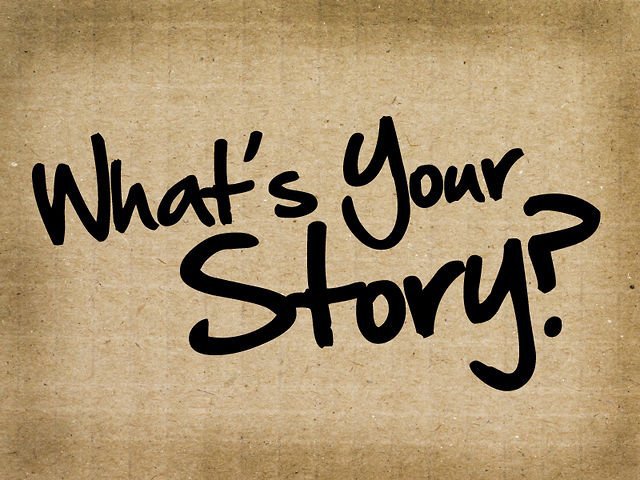

These cookies ensure basic functionalities and security features of the website, anonymously. Necessary cookies are absolutely essential for the website to function properly. We know there are many calls for help in the wake of the recent storms, but we encourage all those who love newspapers and recognize their importance in telling a community’s story to consider donating to these journalism relief efforts. Recognizing the important role The Deer Creek Pilot plays in the community, the Mississippi Press Association Education Foundation has set up two funds to provide assistance: a GoFundMe account to support that newspaper’s operations as well as its existing Local Journalism Relief Fund, a campaign dedicated to help any newspaper and journalist facing adversity after the storms. Many readers recognize this as well.įriday, when a band of tornadoes ripped across the central part of the state, the weekly newspaper in Rolling Fork – The Deer Creek Pilot – lost its advertising base in a matter of minutes, threatening the viability of the small newspaper at the very time it is documenting this monumental moment in that community.

Those of us in the newspaper business are aware of the unique role the print edition plays in capturing and preserving history. When a town or city loses its newspaper, it loses a large part of its ability to preserve its history. Yet it is never a surprise when you find yellowed newspaper clippings of prominent events in the lives of people among their belongings.Īs more of our news is now delivered and received through the internet, we wonder what will be preserved for the next generations. Video and radio transcripts may survive, but they are rare, limited and held by only a few. Photos and reporting found in newspapers in the hours and days after the historical event occurred provide a sense of the event in something approaching “real time” in a way that other media simply doesn’t preserve. It tells the story of “us” and that’s important.Īlong with oral histories, another important way that historical events are best understood is through the unique role of the local newspaper. These shared experiences and memories are part of the fabric of a community, a common history that serves as a marker of our collective DNA. It is through these stories, passed on from one generation to the next, that history comes alive. The stories of that history are as diverse and unique as the number of eye-witnesses of the event. Those documents tell us the nuts and bolts of history, but it is the accounts of regular people that tell us what an event was actually like for those who lived that experience. The anniversary has evoked memories of those who lived through the experience because it tells a part of the history that official accounts and records often don’t. Over a two-day period – March 18-19, 1973 – more than 2,500 homes and businesses including Leigh Mall, which had opened just six months earlier – were inundated by flood waters that escaped the banks of the Tombigbee River, which crested at 43.23 feet, the highest ever recorded by the U.S. This month marked the 50th anniversary of what is generally regarded as the worst flood in Columbus history.


 0 kommentar(er)
0 kommentar(er)
